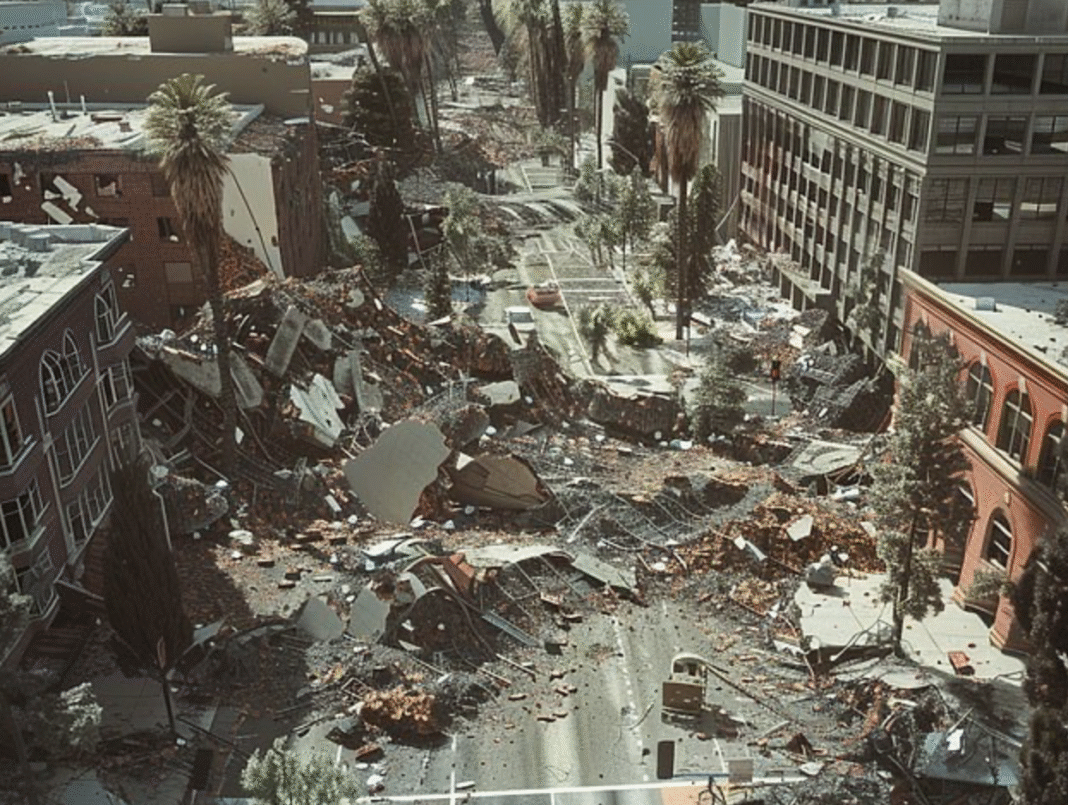Keypoints Summary – Concord Fault shows activity
- Concord Fault shows activity with creeping southern strand
- New segment lies beneath homes and school in Bay Area
- Fault moves 0.1–0.3 inches per year causing structural damage
- Capable of triggering a magnitude?6.7 quake
- Fault shifted location by up to 0.3 miles—maps updated
- Over 300,000 people live along its path
- Infrastructure at risk includes pipelines, schools, roads
- Red flag for building codes and emergency planning
- Fault may “snap” suddenly if creep stalls
- Authorities urged to boost quake readiness now
Dormant danger? Fault grows louder
The alarm has sounded. Scientists say Concord Fault shows activity and could snap without warning. This “sleeping giant” runs beneath hundreds of thousands in Concord and Walnut Creek. It now creeps openly and quietly—yet danger lurks.
Hidden fault disclosed beneath neighborhoods
The newly mapped southern strand of Concord Fault lies 0.1 to 0.3 miles west of old maps. It spans over four miles beneath homes, even snaking under an elementary school. Silent creep cracked curbs, buckled sidewalks, and burst water pipes. Those small shifts mean big trouble may be building below.
Slow creep masks violent potential
Fault motion may be just millimeters per year. But scientists warn that slow creep can lock up—and then release in a sudden quake. That’s how the Concord Fault could unleash a magnitude?6.7 earthquake. That’s powerful enough to shatter buildings and topple infrastructure.
Thousands of residents live on shaky ground
Over 300,000 Bay Area residents live atop this fault. Homes, schools, pipelines, roads—all are at risk. The creeping strand lies directly under neighborhoods and vital services. If it snaps, losses could be massive.
Infrastructure faces serious risk
Water lines already failed. Roads and curbs warped. Now utilities and pipelines above the fault must brace for collapse. Caltrans and local authorities must update building codes and inspect buried systems before disaster strikes.
Mapping update sparks safety overhaul
Officials plan to redraw the official fault zone to include the newly found strand. New rules will require geological surveys before construction and mandatory danger disclosures during home sales. Communities must prepare now or face fallout later.
Why this matters now
Combined with creeping in the northern segment, this new activity makes the Concord Fault a hotspot. Seismic models are being updated. Emergency planners, utility companies, and residents all need immediate awareness—and action.
How to prepare—and why you should
If you live near the fault, consider retrofitting your home. Secure water heaters, strap furniture, and plan evacuation routes. Review emergency kits. Talk to neighbors about quake drills. Delay is not an option when threatened by a “sleeping giant.”
Concord Fault shows activity
The Concord Fault shows activity—and that’s not silent news. This is a wake?up call. Engineers, officials, and residents now face a ticking clock. The question isn’t if a quake will hit, but when.
What Is the Concord Fault?
The Concord Fault is one of California’s most underestimated seismic threats. Running through the densely populated East Bay, it stretches from the city of Concord down toward Walnut Creek and beyond. Unlike the infamous San Andreas Fault, the Concord Fault has flown under the radar—until now. It’s a right-lateral strike-slip fault, meaning it moves horizontally, with one side grinding past the other. That slow, creeping movement causes sidewalks to crack and roads to buckle, but it can also lock up and release massive energy in a sudden jolt. Scientists now believe it could unleash a magnitude-6.7 earthquake—enough to destroy buildings, rupture pipelines, and cause catastrophic loss in a region home to over 300,000 people. What makes this fault especially dangerous is how silently it’s been shifting—right under homes, schools, and businesses—with most residents completely unaware.







